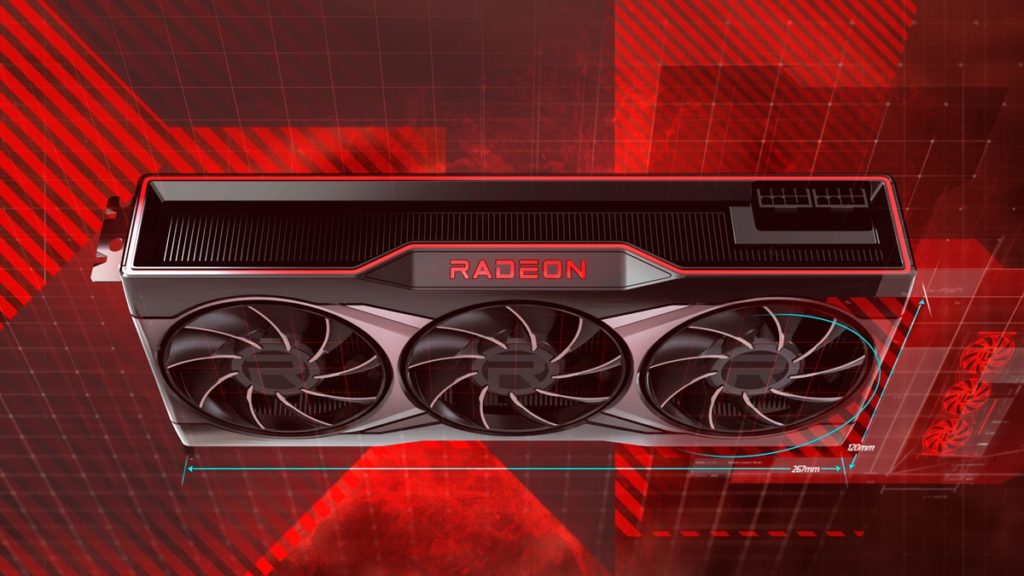Image: AMD
AMD is currently working a next-generation successor to its RDNA 3 architecture called RDNA 4. That isn’t really a surprise, nor is the fact that it’ll likely be built using a smaller and much more advanced node process, but leakers are now claiming to know some of the specifics.
According to leaker Greymon55, who has made a habit out of sharing information on NVIDIA and AMD’s quickly approaching Lovelace and RDNA 3 GPUs as of late, red team will be leveraging 3-nanometer and 5-nanometer processes for its RDNA 4 products.
These are believed to be multi-chip-module designs that do away with the traditional monolithic dies for what are hopefully admirable gains in efficiency and performance. AMD’s RDNA 3 lineup of graphics cards, presumably the Radeon RX 7000 Series, is expected to be the first to include MCM-based models when they launch in 2022...
Continue reading...
